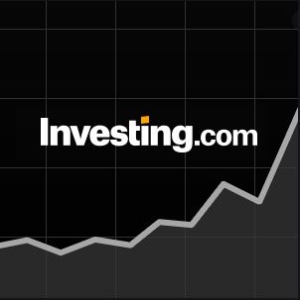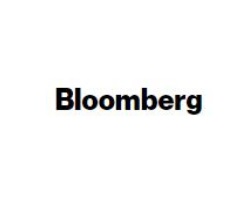What CPI Means for Markets (Fed Further Behind Curve?)
What CPI Means for Markets (Fed Further Behind Curve?): Start a free trial of The Sevens Report.
What’s in Today’s Report:
- What CPI Means for Markets (Fed Further Behind Curve?)
Futures are modestly higher mostly on momentum from Wednesday’s impressive reversal and following encouraging Japanese inflation data.
Economically, the only notable number overnight was Japanese PPI and it rose 2.5% vs. (E) 2.8%. That may take some pressure off the BOJ to hike rates and also weigh on the yen and the Nikkei rose 3% in response.
Today the focus will remain on economic data and rate cuts via the ECB Rate Decision first (E: 25 bps cut) and later Jobless Claims (E: 230K) and PPI (E: 0.2% m/m, 1.8% y/y). If data can meet expectations and the ECB cuts rates and signals more cuts coming, yesterday’s rally can (and likely will) continue.
There are also two notable earnings reports today via Kroger (KR $0.91) and Adobe (ADBE $4.53). KR will give us insight into consumer spending (especially on essentials) while ADBE will be the latest tech company to post results (and the stronger the guidance, the better for the broader tech sector).
Join thousands of advisors from huge brokerage firms like Morgan Stanley, Merrill Lynch, Wells Fargo Advisors, Raymond James, and more! To start your quarterly subscription and see how The Sevens Report can help you grow your business, click here.



